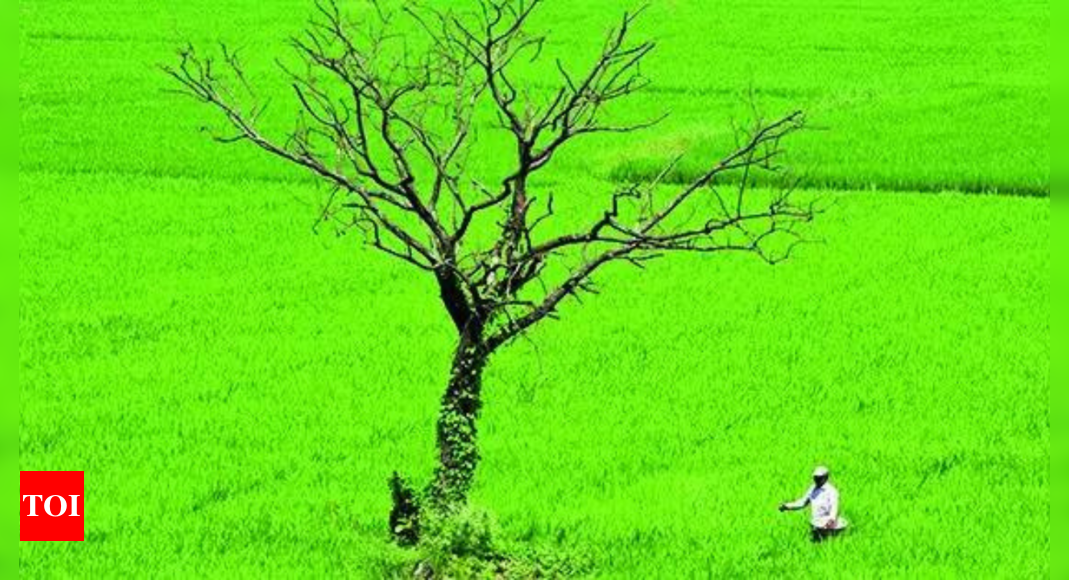The cultivation of Dehraduni Basmati rice, renowned for its unique taste and aroma, has witnessed a drastic 62% reduction in the Doon Valley in just five years. A study commissioned by the Uttarakhand Biodiversity Board highlights the factors contributing to this decline. In 2018, the rice was cultivated in over 400 hectares by 680 farmers, but by 2022, the cultivation area had decreased to 157.8 hectares with 517 farmers involved. Other basmati varieties have also seen a decline in cultivation. Factors such as increasing summer temperatures, poor soil fertility, reduced use of manure, water scarcity, changing rain patterns, and extensive use of chemical fertilizers have all played a role in the decline of Dehraduni Basmati rice. Farmers cultivating this rice variety are concerned about the loss of the unique qualities associated with it, such as its distinctive flavor and non-glutinous nature. The main area where the rice has been cultivated, Seola-Majra, has undergone unplanned development, leading to the disappearance of the rice from many fields. The decline in Dehraduni Basmati rice cultivation can be traced back to 1997, with several regions experiencing shrinking fields. However, there is hope as some entrepreneurs are reviving basmati cultivation, including organic varieties, in parts of Doon and Uttarakhand. Efforts are being made to promote Dehraduni basmati among farmers and revive its cultivation.
Decline of Dehraduni Basmati Rice Cultivation in Uttarakhand

-
Uncategorized








